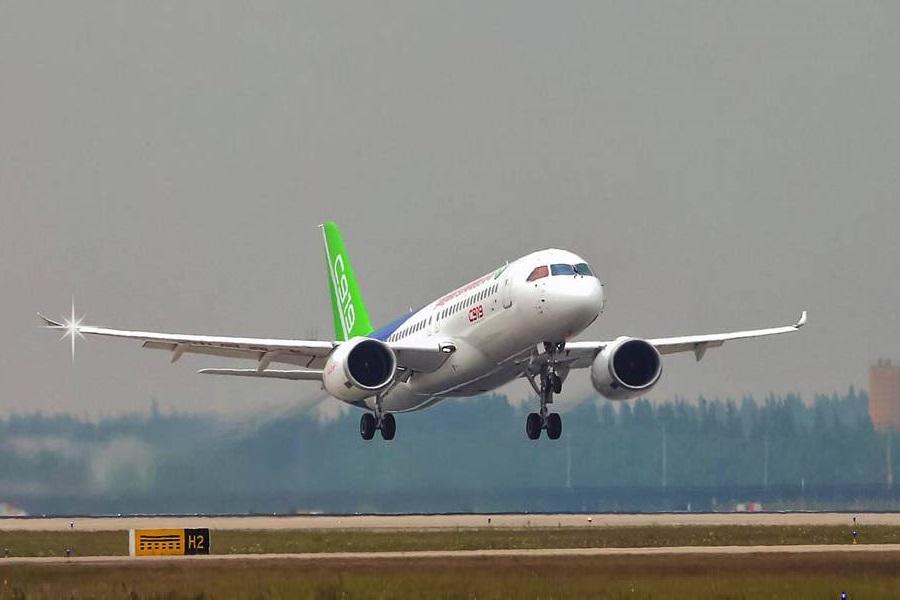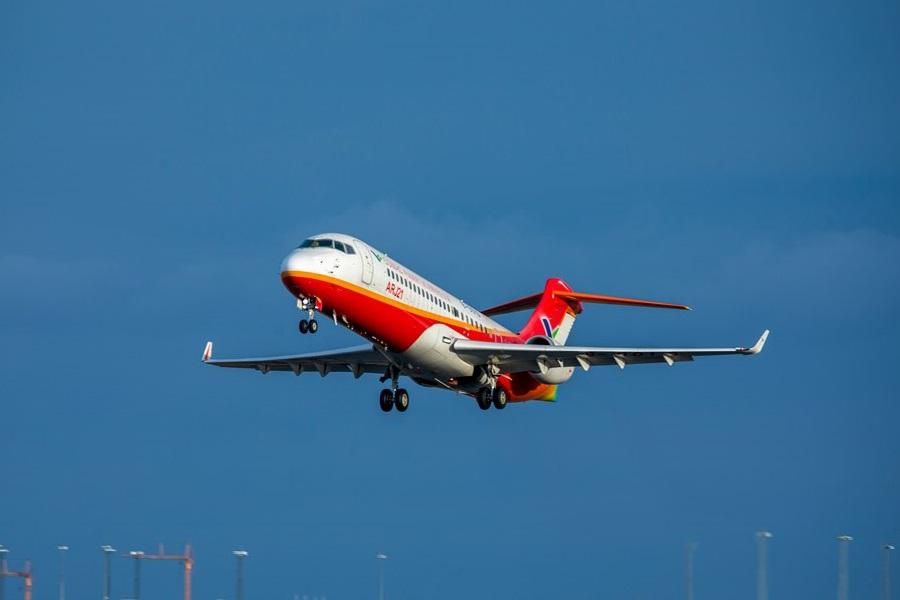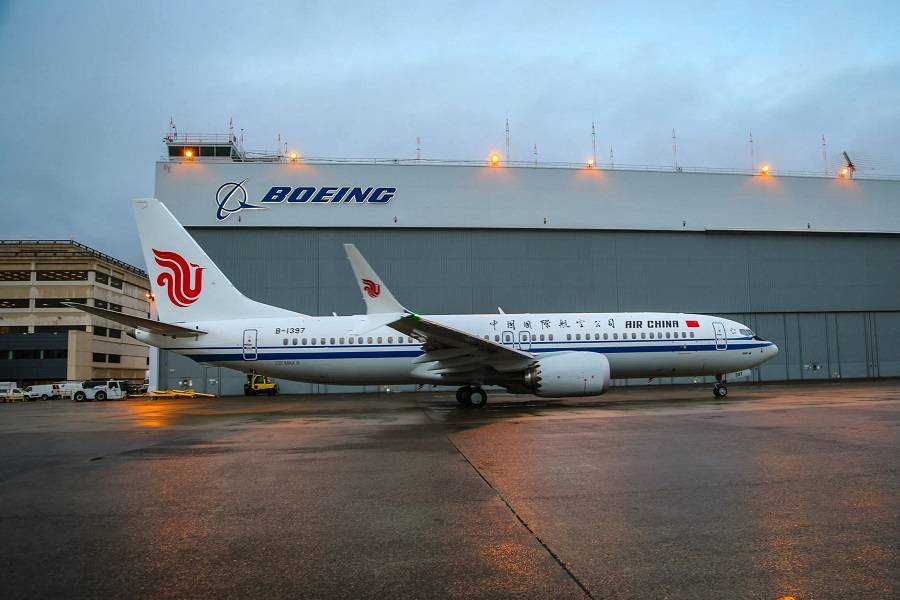The COMAC C919 certification program in China reportedly faces delays, to do with US export hurdles for spares of the development aircraft.
The city of Zhuhai in China is holding the country’s biggest airshow this week. Originally, it would have taken place in 2020, but it suffered the same fate as many other events that year. There will be many military projects on display there, along with the AG600, a rescue and fire-fighting seaplane. However, something almost as big is missing. With its certification due before the end of the year, the absence of the COMAC C919 is quite noticeable.

But it’s not entirely surprising. COMAC is quite busy with the aircraft’s certification, using six of the aircraft for the task. This is necessary because, according to some sources, the program has already suffered more delays in recent months. The manufacturer reportedly couldn’t fly its C919 fleet as much as they wanted for certification, due to a lack of some spare components.
The United States has put stringent rules in place, beginning from December last year. These rules mean that US companies need special licenses, to export components or provide “technology assistance”, to companies with ties to the Chinese military. COMAC is a state-owned Chinese manufacturer.

Supply Chain Considerations
US companies are getting these special licenses, but the process took more time. Chinese sources insist that the C919 will achieve its certification goal before the end of the year. But this will not be the last step in the process, for its entry into service. For one thing, the availability of components from the US is also affecting planes under construction. Until it gets flight and production certification, the C919 is in low-rate “batch” production.
As we saw earlier this month, analysts don’t expect the C919’s production to ramp up quickly. This has nothing to do with Chinese production itself, however. The issue is that a lot of key components in the jet are not Chinese. And while many expect COMAC and its suppliers to look for locally produced alternatives, this can’t happen quickly. Not if the C919 is to continue meeting certification specifications.

In most cases, only about 30% of a plane’s cost has to do with the bare airframe. The rest, including the engines, avionics, interior, hydraulics, electrics and other components, are from suppliers. Hence the supply-chain induced certification hurdles for the C919. ACAE, a state-owned engine manufacturer, is working on CJ-1000A, a Chinese engine for the C919. But it won’t be ready before 2030 at the earliest.
We have no information on any work on locally sourced avionics and other components. But that, too, would likely take more time, and involve certification for these components. For now, COMAC is focusing on the certification of the C919 in its current form. But after type certification, the manufacturer will have to wait for its production certificate. Generally speaking, other manufacturers get this at or very near the time of type certification.

C919 – A Second Certification Hurdle?
This won’t necessarily be the case for the C919. COMAC’s first plane was the ARJ21. This aircraft’s Production Certificate came two and a half years after its Type Certificate. COMAC and its customer airlines will hope for a much quicker certification pace for the C919. But industry observers state that this initial Type Certificate will be subject to multiple limitations. COMAC will need to bring forward several upgrades, to address these issues, before the plane enters service.
But COMAC isn’t the only aircraft manufacturer that is a bit nervous at this time. Multiple industry observers expect that the Boeing 737 MAX will get ungrounded by Chinese aviation authorities in the next few weeks. Earlier in the month, we heard that this could happen within September. There has been little movement in public on the matter since. However, other aviation authorities in Asia also expect China to move on the MAX soon and schedule their own moves accordingly.

Airbus is also busy in China, discussing certification of its A220 in the country. So there are multiple certification parameters for the Chinese aviation authorities to consider, beyond the C919. And a lot of industry stakeholders will be looking out for developments in the region, over the next few days and weeks.
COMAC expects China’s aircraft market to account for 22% of the global fleet, by 2040. It is currently at 20%. So the manufacturer is looking well beyond the present and its C919 certification hurdles. The C919 and CR929 aircraft should both be in service by that time, with Chinese engines.




2 comments
Andre T
Surprised it will take that long of time for Chinese to reengineer the CFM LEAP (current engine for cert) for the CJ-1000A Chinese version engine.
kevin heard
Lemme guess: China approves the Max, and voila! COMAC gets it’s parts